Your basket is currently empty!
Home / Mushroom Guide /
Chanterelle
Chanterelle
This very tasty mushroom can be found in small groups in woodland, more often with beech or birch. A delight to come across, but be careful of other foragers as they can be quite territorial over their Chanterelle patches!
| Mushroom Type | |
| Common Names | Chanterelle (EN), Girolle (F), Siantrel (CY), Pieprznik Jadalny (PL), Sárga Rókagomba (HU) |
| Scientific Name | Cantharellus cibarius |
| Season Start | May |
| Season End | Nov |
| Average Mushroom height (CM) | 4-7 |
| Average Cap width (CM) | 3-8 |
Cap
3-8 cm. Flattened at first with irregular margin becoming depressed towards the centre. Often undulating all round the edges, later turning up to form a loose trumpet. Yellow with white flesh.
Gills
Does not have true bladed gills but forked, slightly rounded folds that look like gills. These run part way down the stem (decurrent).
Stem
3-8 cm long, 0.5-1.5 cm diameter. Solid, tapering towards the base. Yellow with white flesh on cutting.
Habitat
All types of woodland but mainly with beech in England and birch in Scotland and usually growing in moss.
Possible Confusion
The False Chanterelle (Hygrophoropsis aurantiaca), pictured, looks similar but is more orangey yellow, when cut in half it does not have the white flesh of the true Chanterelle but is concolorous with the cap, and its gills are more crowded. Said to be edible but poor in older books, it can apparently cause food poisoning symptoms and even hallucinations for some people so it’s better avoided.
The poisonous Jack O’Lantern (Omphalotus illudens), is a very rare mushroom in Britain, it grows on deciduous wood, it has true gills and is darker orange in colour.
It could be confused with other members of the Chanterelle family which are all good edibles. The Amethyst Chanterelle (Cantharellus amethysteus) is similar but has purple scales on the cap, and the stem and flesh bruise brown, it is rare in Britain and shouldn’t be picked unless abundant.
Spore Print
Ochraceous. Ellipsoid.
Taste / Smell
Excellent, sweet. Chanterelles smell fruity, quite like apricots.
Frequency
Fairly common.
Other Facts
In March 2025 the IUCN (International Union for Conservation of Nature) added 1000 fungal species to the IUCN Red List of Threatened Species. The IUCN (Global) Conservation Status of St. George’s Mushroom (Calocybe gambosa) is: LC – Least Concern, with decreasing population. For more information, see on the following link.



 (94 votes, average: 3.94 out of 5)
(94 votes, average: 3.94 out of 5)
















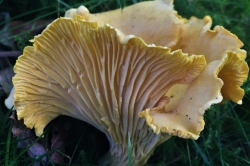
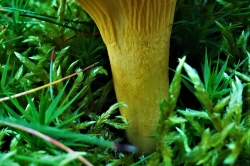
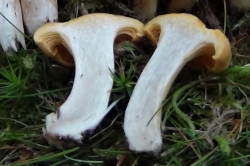
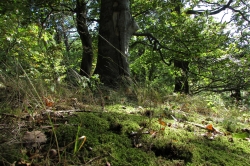
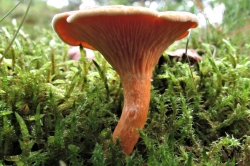
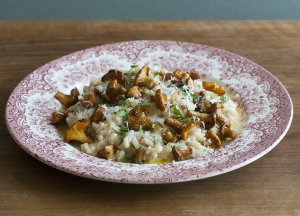
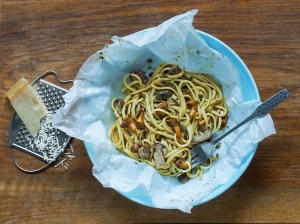

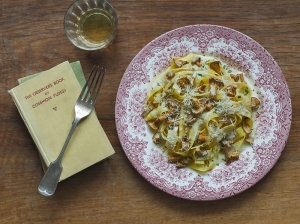

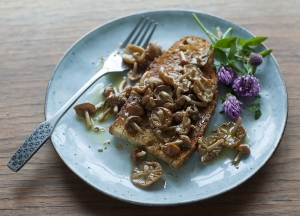
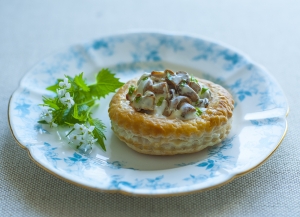
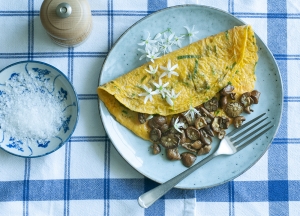







Leave a Reply